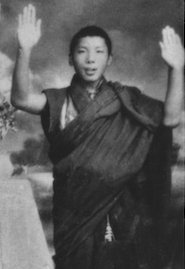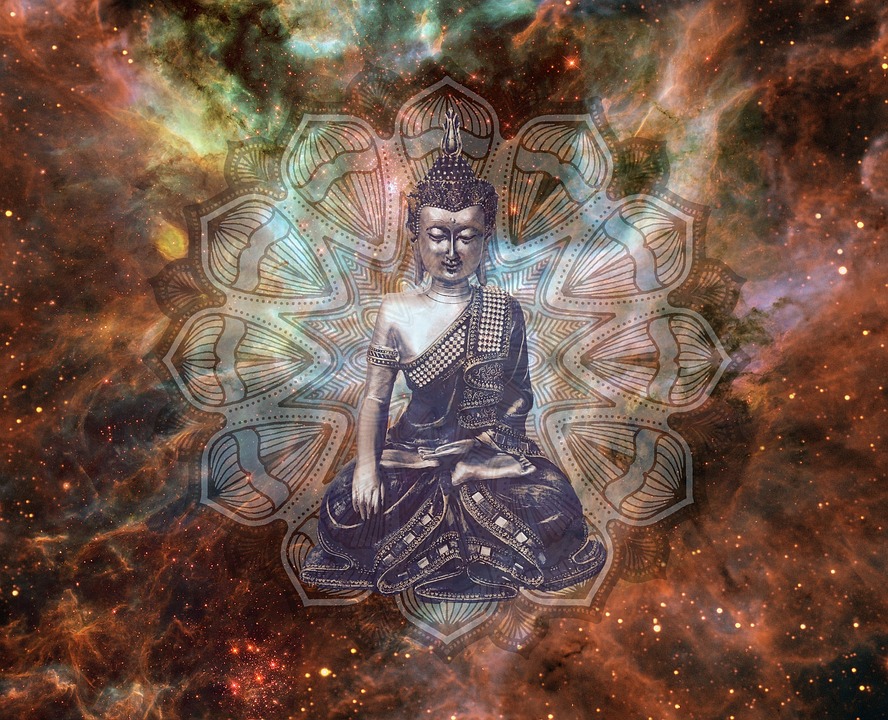Shambhala Buddhism began with the teachings of Chögyam Trungpa. Shambhala Buddhism teaches that enlightenment has entered the world through numerous religious faiths, but all of them converge to create the Kingdom of Shambhala. Shambhala was a mythical kingdom found in Tibetan Buddhism. The symbolic Shambhala represents a “community” of unity and higher consciousness that promotes “fearlessness, dignity, and compassion.”
History
Shambhala Buddhism made its way to North America with the arrival of Trungpa Rinpoche in 1970. Rinpoche established the second Shambhala community in Boulder, Colorado in 1971 when he assumed a professorship at the University of Colorado. Shabhala communities were established in numerous cities in the 1970s and 1980s. In 1973, the Shambhala community in Colorado incorporated under a new name as Vajradhatu. The Vajradhatu community grew to the point that international notables in Buddhism visited the center including the Dalia Lama in 1981.
Education
Education is an essential component of Shambhala Buddhism. Rinpoche offered informal instruction in the philosophy and practices of Shambhala through his network of communities.
 Training in Shambhala came through the formation of Naropa Institute in 1974, which now functions as a fully accredited university under the name Naropa University. Shambhala Lodge founded in 1975 served as a student organization devoted to promoting an enlightened society.
Training in Shambhala came through the formation of Naropa Institute in 1974, which now functions as a fully accredited university under the name Naropa University. Shambhala Lodge founded in 1975 served as a student organization devoted to promoting an enlightened society.
In 1976, Rinpoche introduced regular training cycles in Shambhala at the Colorado center. In 1977, Shambhala training popularized a secular form of meditation based on the assumption that all people are in the same search for higher consciousness. After 2000, the Shambhala Vajrayana Seminary opened for those seeking the highest levels of Shambhala teachings.
Leadership History
The leadership of the organization transferred to Osel Tendzin upon Rinpoche’s death in 1987. Tendzin died in 1990 of AIDS amid controversy that he knowingly engaged in unprotected sexual activity without students while knowing he had AIDS. Sakyong Mipham Rinpoche assumed leadership of Vajradhatu with the death of Tendzin. His right to lead the organization was solidified in 1995 when he was recognized as the reincarnation of a famous Buddhist holy man.
Conclusion
Shambhala Buddhism experienced a resurgence in popularity in part due to the values of tolerance and religious pluralism found in Postmodernism. The Postmodern concern for building positive multicultural communities fits well with the inclusive spirituality promoted in Shambhala. The spiritual practice of meditation, an essential element in Shambhala Buddhism, has been embraced in secular society as having positive physical benefits opened the door for many to explore a new philosophy of life offered through Shambhala.





